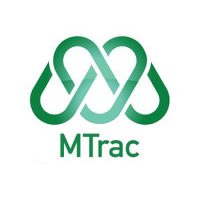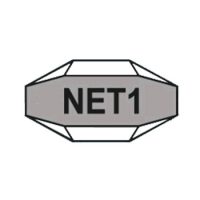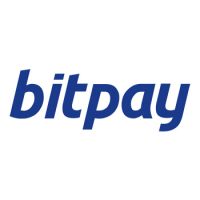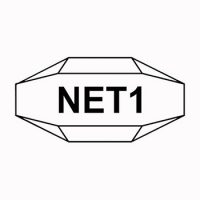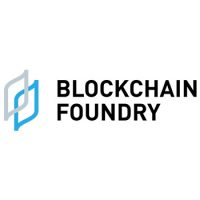Blockchain
Inter-Blockchain Communication (IBC) protocol, explained

What is the IBC protocol?
IBC is an open-source protocol designed to facilitate message relaying between separate distributed ledgers and was developed to connect independent blockchains.
The Inter-Blockchain Communication (IBC) protocol facilitates data sharing and communication between different blockchains or “zones.” It’s a digital link between several blockchain networks, enabling safe information sharing, asset exchange and interaction. IBC makes diverse chains compatible by enabling trustless communication and value exchange, especially tokens.
The IBC protocol was created and introduced by Cosmos Network in 2019 to address the issue of isolated blockchains, enabling them to safely exchange assets and data and promoting a more accessible and scalable blockchain ecosystem. Furthermore, the Interchain Foundation (ICF) established the Interchain Standards (ICS) to specify the necessary functions for the IBC protocol within the Cosmos ecosystem.
IBC provides a valuable solution to the common issue of cross-chain messaging. This issue is particularly relevant for exchanges aiming to conduct swaps, application-specific blockchains where assets likely originate on specialized chains and private blockchains seeking connectivity with other chains, whether private or public.
Key features of the IBC protocol
The IBC protocol facilitates secure and trustless communication between interconnected blockchains through dedicated channels and smart contract modules.
One significant aspect of the IBC protocol is its facilitation of interoperability among blockchains without requiring direct communication between them. Blockchains can communicate seamlessly by sending information packets through special channels, which employ smart contract modules equipped with a light client to verify the legitimacy of the received state. This enables blockchains, regardless of their protocols or consensus mechanisms, to transfer value or data seamlessly.
IBC is trustless and permissionless, meaning anyone can act as a relayer. The blockchains involved don’t have to trust the parties transferring the information. This setup is crucial for achieving blockchain sovereignty without isolating blockchains, which is a major goal of the Cosmos ecosystem.
Through the integration of smart contract modules with light client verification, IBC ensures that the information exchanged between blockchains is valid without requiring direct communication. This eliminates the need for blind trust between parties and enhances the overall security of the ecosystem. Through the use of cryptographic primitives and consensus mechanisms, such as Tendermint, IBC ensures the security and integrity of cross-chain transactions.
The IBC protocol ensures security and validity through cryptographic techniques and consensus algorithms inherent to each participating blockchain. Data privacy and integrity are maintained during transmission.
How does the IBC protocol work?
The IBC protocol revolutionizes how different blockchains communicate, offering a seamless transfer of data between them.
The IBC protocol works in two layers: the TAO layer, which stands for transport, authentication and ordering; and the APP layer, an abbreviation of application. The TAO layer sets up secure connections and verifies data between blockchains, acting like a foundation. On top of that, the APP layer specifies how data is packaged and understood by different blockchains.
In the Interchain Standard, the client ensures trustless verification of data, and the relayer facilitates the transfer of information between blockchains. Together, they create a robust framework where the standard sets the basic protocols, the client ensures data integrity, and the relayer manages the actual transfer process, enabling seamless communication between different blockchains.
At its core, IBC relies on three key components: hubs and zones, packet transactions and smart contracts. Hubs and zones act as central routers and individual blockchains, respectively. Hubs facilitate the relay of transactions and data between zones, enabling cross-chain communication.
Packet transactions are units of data transferred between blockchains. These packets contain sender, recipient and transaction data, allowing for efficient communication between zones. Smart contracts play a crucial role in IBC’s operation. Each blockchain involved in communication implements IBC/TAO modules comprising smart contracts. These modules facilitate the orderly transfer of data packets between blockchains.
The process of transferring data via the IBC protocol is straightforward: When a user initiates a cross-chain transaction, the packet travels from the source zone to a hub, which then relays it to the destination zone. After processing the transaction, the destination blockchain takes the same path back to deliver a response. The TAO layer handles the infrastructure and security aspects of transferring the data packets between zones, while the APP layer determines how the data is packaged and understood by the sending and receiving blockchains.
Implications of the IBC protocol for various stakeholders
The IBC protocol can improve the user experience by giving users additional ways to access various applications for trading, developing or other uses.
The IBC protocol allows basic users to get access to a wider variety of decentralized apps (DApps) and services on various blockchain platforms. Users may safely and effectively transfer digital assets, including tokens and cryptocurrency, across several blockchains with IBC.
The IBC protocol is used by traders to increase trading potential and improve their strategies on different blockchain networks. Traders may easily diversify their portfolios, take advantage of price disparities, and access liquidity pools across platforms by executing cross-chain transactions with IBC.
This interoperability eliminates barriers to entry and exit between different blockchain-based assets, promoting market efficiency and liquidity. Additionally, by quickly transitioning to alternate networks through IBC, traders can reduce the risks related to network congestion or outages on certain blockchains.
By utilizing the IBC protocol’s capabilities, developers can create innovative DApps and improve the functionality of already existing ones. Developers can also build interoperable solutions that communicate with various blockchain networks and facilitate cross-chain asset transfers, data exchange and smart contract interoperability by including IBC in their applications.
Decentralized exchanges (DEXs), gaming networks and decentralized finance (DeFi) platforms are just a few examples of the complex decentralized ecosystems that can be created because of this interoperability. In addition, the IBC protocol speeds up and lowers development costs by offering standardized protocols and toolkits for creating cross-chain communication channels.
The future of the IBC protocol
IBC has the potential to create a more connected, robust and welcoming crypto environment by lowering entry barriers and creating opportunities for collaboration.
By enabling seamless communication between diverse blockchains, IBC breaks down silos and opens up a new era of interoperability. This has far-reaching implications: Complex DApps, innovative financial products and thriving ecosystems become possible through the free flow of assets and data across chains. Users can interact with multiple networks without sacrificing security or rewards.
Without this interoperability, users often have to choose between simply swapping tokens or directly participating in a blockchain network. The IBC protocol removes this dilemma, allowing users to interact with multiple networks without sacrificing security or potential rewards.
However, realizing IBC’s full potential hinges on overcoming technical challenges and establishing robust governance frameworks. Without standardization, competing interoperability protocols could lead to fragmentation, undermining progress. To create a future where IBC truly underpins an integrated crypto ecosystem, collaboration and standardization among blockchain projects are crucial.
Source: tradingview.com
The post Inter-Blockchain Communication (IBC) protocol, explained appeared first on HIPTHER Alerts.
Blockchain
Glidelogic Corp. Announces Revolutionary AI-Generated Content Copyright Protection Solution
Blockchain
Ethereum ETFs Aren’t Blockchain But Is A Revolutionary Tech: Top 6 Amazing Reasons To Invest In Them
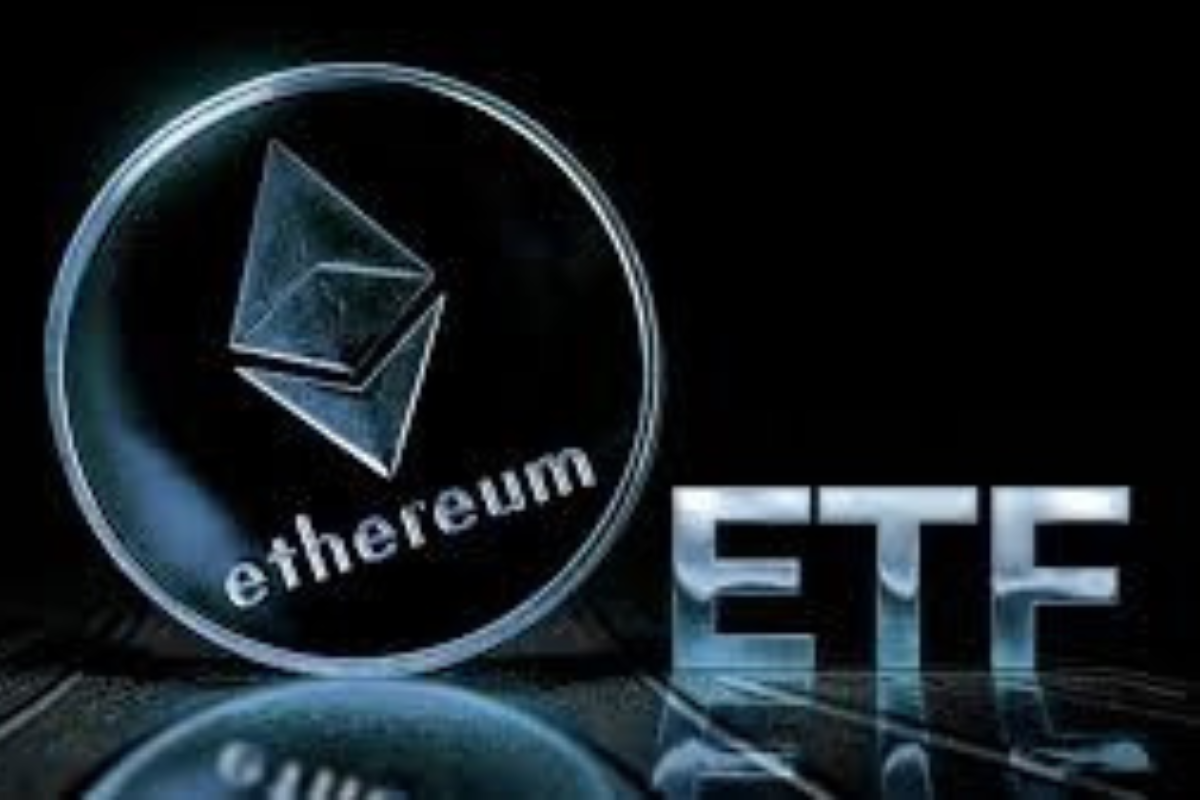
The financial landscape is rapidly evolving, with the integration of blockchain technology and cryptocurrencies becoming more prominent. Among these, Ethereum ETFs (Exchange-Traded Funds) have emerged as a significant investment vehicle, offering exposure to the Ethereum blockchain’s native cryptocurrency, Ether (ETH), without requiring direct ownership. However, it’s crucial to understand that Ethereum ETFs are distinct from the blockchain itself and serve different purposes in the investment world.
Understanding Ethereum and ETFs
Ethereum: A decentralized platform that enables the creation and execution of smart contracts and decentralized applications (dApps). It operates using its cryptocurrency, Ether (ETH), which fuels the network.
ETF (Exchange-Traded Fund): A type of investment fund that holds a collection of assets and is traded on stock exchanges. ETFs can include various asset classes, such as stocks, commodities, or bonds.
Ethereum ETFs: The Intersection of Traditional Finance and Cryptocurrency
An Ethereum ETF provides a way for investors to gain exposure to the price movements of Ether without directly purchasing the cryptocurrency. This is achieved through an ETF structure, where the fund holds assets linked to the value of Ether, and investors can buy shares of the ETF on traditional stock exchanges.
Key Features of Ethereum ETFs:
- Indirect Exposure: Investors gain exposure to Ether’s price changes without needing to manage or store the cryptocurrency themselves.
- Regulatory Compliance: Unlike the relatively unregulated cryptocurrency market, ETFs operate under the oversight of financial regulators, offering a layer of investor protection.
- Accessibility: Ethereum ETFs are available through traditional brokerage platforms, making them accessible to a broader range of investors.
Why Invest in an Ethereum ETF?
- Diversification: Including an Ethereum ETF in a portfolio can provide exposure to the cryptocurrency market, potentially enhancing diversification beyond traditional assets.
- Convenience and Familiarity: ETFs are a familiar investment product, simplifying the process of investing in cryptocurrencies.
- Professional Management: ETF managers handle the investment decisions, including the buying and selling of assets, which can be advantageous for those less familiar with the cryptocurrency space.
- Regulatory Oversight: ETFs are subject to regulatory scrutiny, potentially offering more safety and transparency compared to direct cryptocurrency investments.
- Potential for Growth: As the cryptocurrency market grows, ETFs linked to assets like Ether may benefit from rising prices.
Key Differences Between Ethereum and Ethereum ETFs
While both are related to the Ethereum blockchain, Ethereum itself and Ethereum ETFs represent different forms of investment:
- Ethereum (ETH):
- Direct ownership of the cryptocurrency.
- Full exposure to Ethereum’s features, including staking and network participation.
- Traded on cryptocurrency exchanges.
- Highly volatile and largely unregulated.
- Ethereum ETF:
- Indirect exposure through shares representing Ether’s value.
- Traded on traditional stock exchanges under regulatory oversight.
- Offers a more stable and familiar investment structure.
- Typically lower volatility compared to direct cryptocurrency ownership.
Future Considerations for Ethereum ETFs
The approval and launch of Ethereum ETFs mark a significant milestone in bringing cryptocurrencies closer to mainstream finance. They offer a convenient and regulated means for investors to gain exposure to the growing digital assets market. However, they also come with limitations, such as not allowing direct participation in the Ethereum ecosystem’s innovations, like dApps and smart contracts.
As the market evolves, we may see more sophisticated financial products that better capture the full potential of the Ethereum ecosystem. For now, Ethereum ETFs provide a balanced option for those interested in cryptocurrency exposure within the framework of traditional finance.
In conclusion, while Ethereum ETFs offer a gateway into the world of digital assets, they should be viewed as complementary to, rather than a replacement for, direct investment in the underlying blockchain technologies. Investors should carefully consider their investment goals, risk tolerance, and the unique attributes of both Ethereum and Ethereum ETFs when making investment decisions.
Source: blockchainmagazine.net
The post Ethereum ETFs Aren’t Blockchain But Is A Revolutionary Tech: Top 6 Amazing Reasons To Invest In Them appeared first on HIPTHER Alerts.
Blockchain
Nexo Reaffirms Commitment to Data Protection with SOC 3 and SOC 2 Compliance
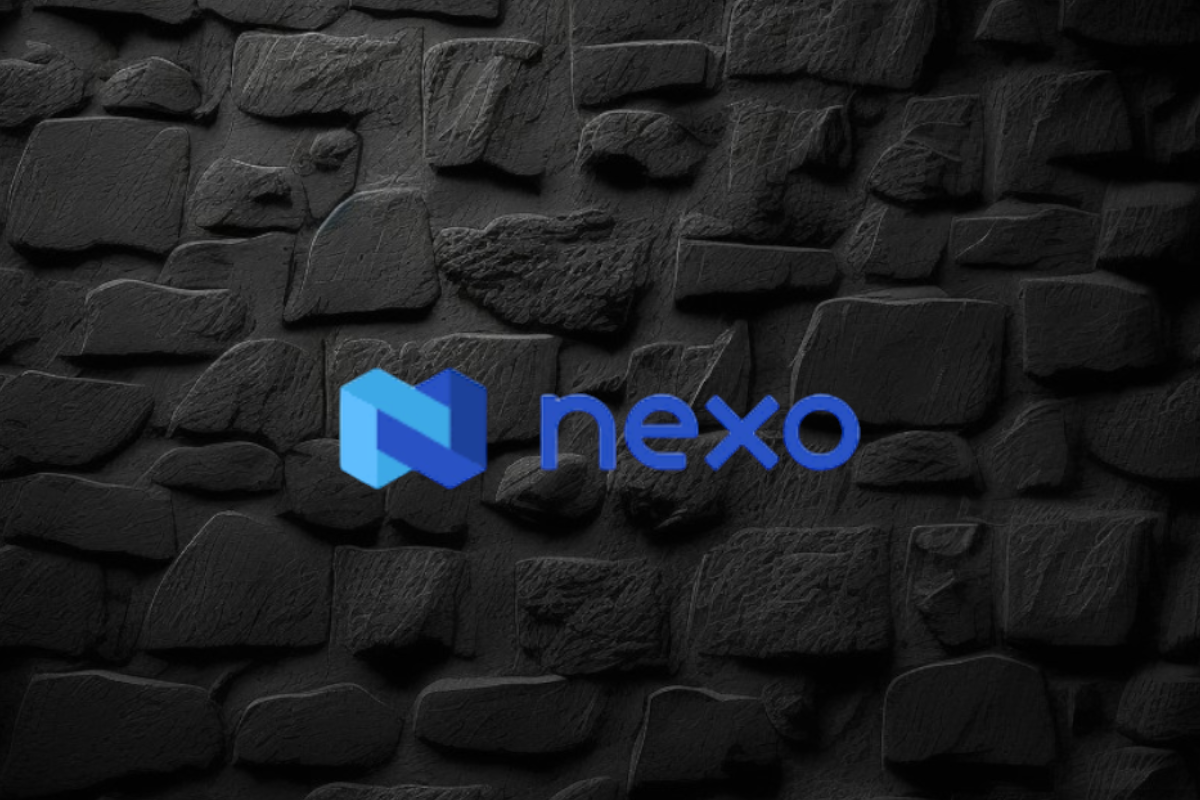
Nexo, a leading institution in the digital assets industry, has reinforced its commitment to data security by renewing its SOC 2 Type 2 audit and attaining a new SOC 3 Type 2 assessment without any exceptions. This rigorous audit process, conducted by A-LIGN, a respected independent auditor specializing in security compliance, confirms Nexo’s adherence to stringent Trust Service Criteria for Security and Confidentiality.
Key Achievements and Certifications
- SOC 2 and SOC 3 Compliance:
- SOC 2 Type 2: This audit evaluates and reports on the effectiveness of an organization’s controls over data security, particularly focusing on the confidentiality, integrity, and availability of systems and data.
- SOC 3 Type 2: This public-facing report provides a summary of SOC 2 findings, offering assurance to customers and stakeholders about the robustness of Nexo’s data security practices.
- Additional Trust Service Criteria:
- Nexo expanded the scope of these audits to include Confidentiality, showcasing a deep commitment to protecting user data.
- Security Certifications:
- The company also adheres to the CCSS Level 3 Cryptocurrency Security Standard, and holds ISO 27001, ISO 27017, and ISO 27018 certifications, awarded by RINA. These certifications are benchmarks for security management and data privacy.
- CSA STAR Level 1 Certification:
- This certification demonstrates Nexo’s adherence to best practices in cloud security, further solidifying its position as a trusted partner in the digital assets sector.
Impact on Customers and Industry Standards
Nexo’s rigorous approach to data protection and compliance sets a high standard in the digital assets industry. By achieving these certifications, Nexo provides its over 7 million users across more than 200 jurisdictions with confidence in the security of their data. These achievements not only emphasize the company’s dedication to maintaining top-tier security standards but also highlight its proactive stance in fostering trust and transparency in digital asset management.
Nexo’s Broader Mission
As a premier institution for digital assets, Nexo offers a comprehensive suite of services, including advanced trading solutions, liquidity aggregation, and tax-efficient credit lines backed by digital assets. Since its inception, the company has processed over $130 billion, showcasing its significant impact and reliability in the global market.
In summary, Nexo’s successful completion of SOC 2 and SOC 3 audits, along with its comprehensive suite of certifications, underscores its commitment to the highest standards of data security and operational integrity. This dedication positions Nexo as a leader in the digital assets space, offering unparalleled security and peace of mind to its users.
Source: blockchainreporter.net
The post Nexo Reaffirms Commitment to Data Protection with SOC 3 and SOC 2 Compliance appeared first on HIPTHER Alerts.
-

 Blockchain4 days ago
Blockchain4 days agoBinance Cleared to Invest Customer Assets in US Treasury Bills: What It Means for Crypto and Dollar Dominance
-

 Blockchain4 days ago
Blockchain4 days agoDeep Custodian Limited Obtains Hong Kong TCSP License, Authorized to Provide Compliant Crypto Asset Custody Services
-

 Blockchain Press Releases2 days ago
Blockchain Press Releases2 days agoBybit Web3 Livestream Explores Cultural Meme Coins and Other Trends
-

 Blockchain Press Releases2 days ago
Blockchain Press Releases2 days agoBybit Surges to Second Place in Derivatives Market, Solidifying Position as Global Crypto Trading Leader
-

 Blockchain3 days ago
Blockchain3 days agoBlockchain Intelligence Group adds additional modules and launches its Certified Cryptocurrency Investigator – Advanced Series
-

 Blockchain3 days ago
Blockchain3 days agoBitAngels Network Hosts Blockchain Pitch Competition in Nashville
-

 Blockchain4 days ago
Blockchain4 days agoCoinW Continues Expedition Trek And Double Down On Presence At ETH-Native Events
-

 Blockchain2 days ago
Blockchain2 days agoKevin O ‘Leary Addresses Crypto Investing, Ethereum ETFs, and SEC Chair in Recent Interview







